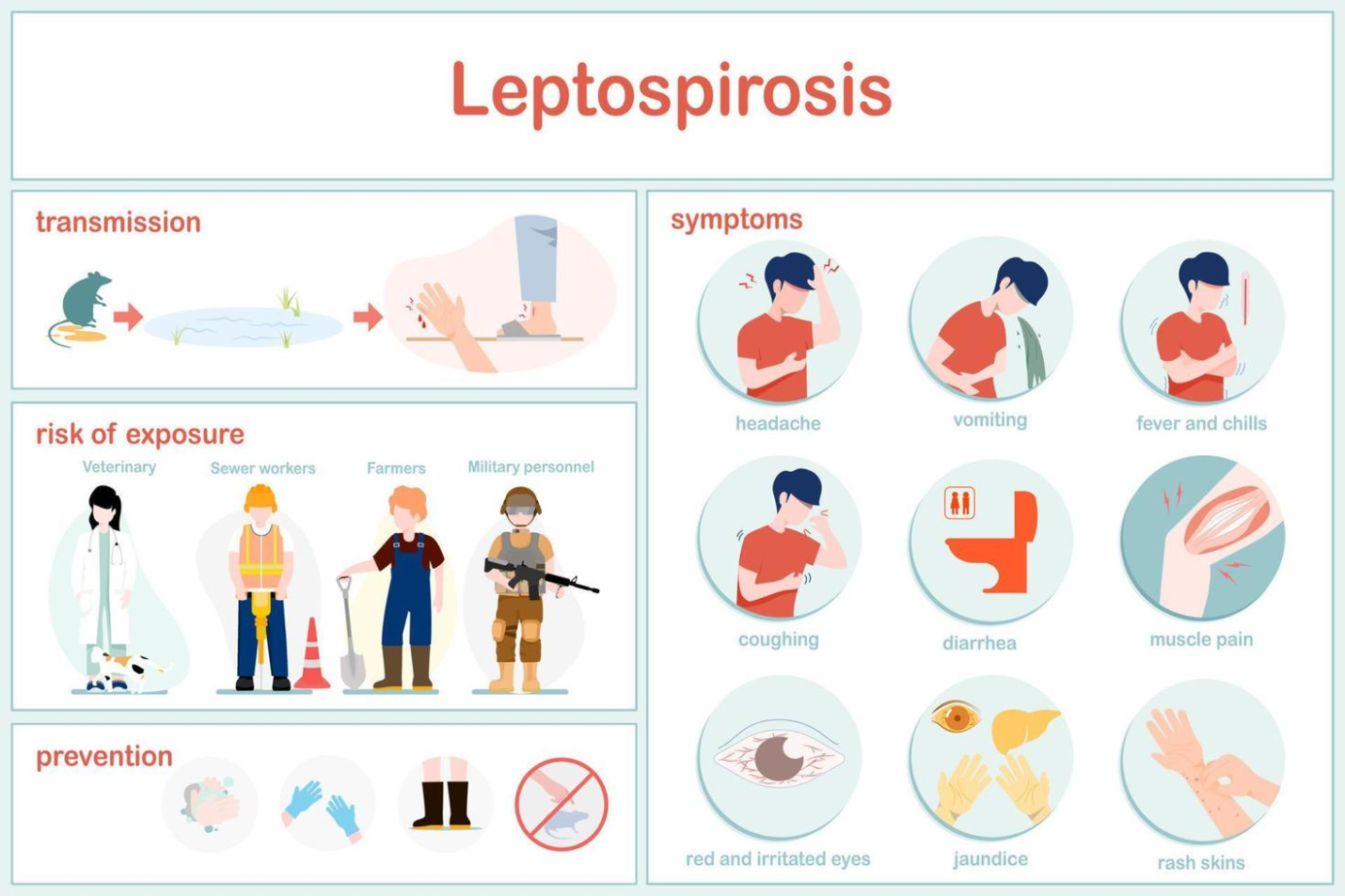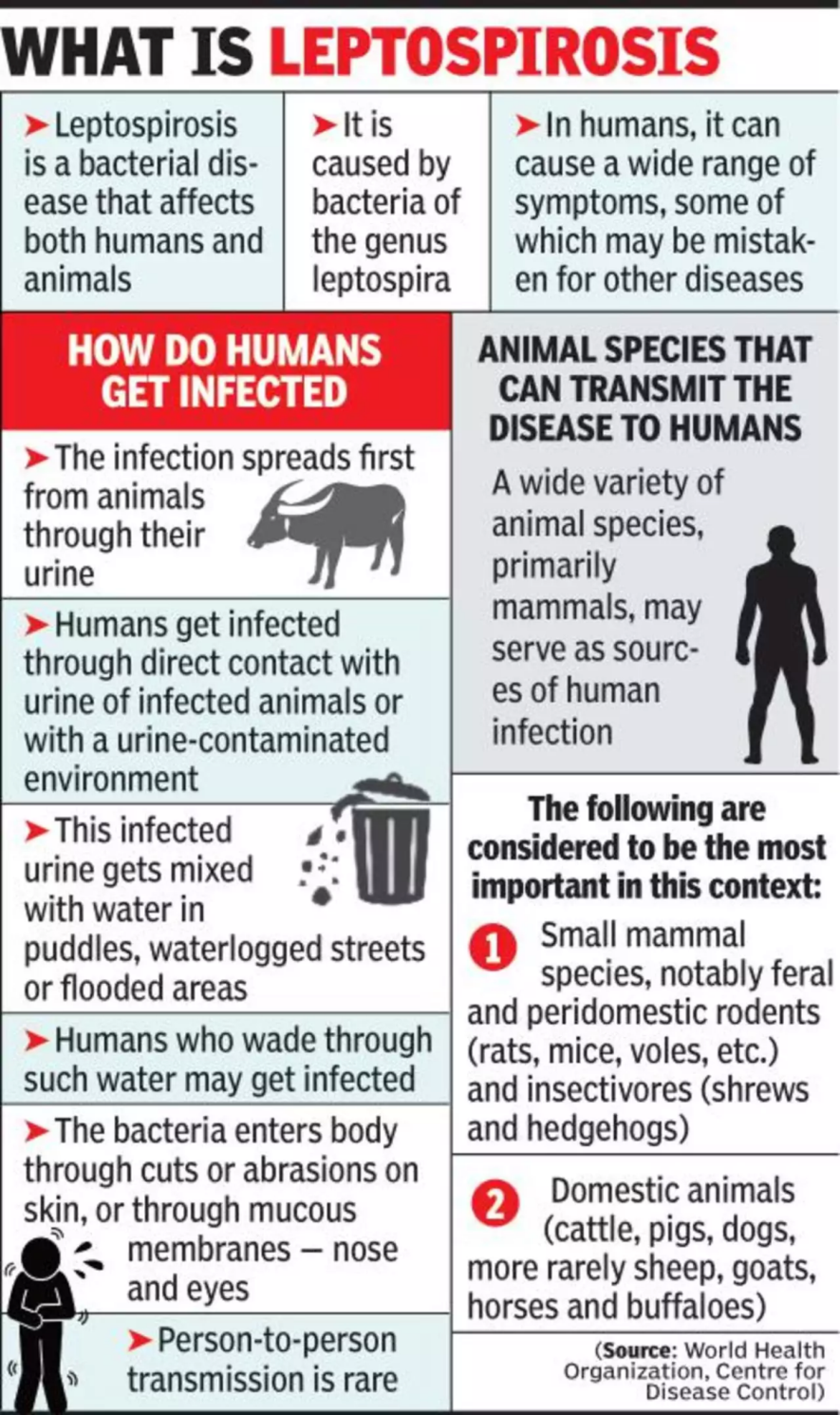Description

Copyright infringement not intended
Picture Courtesy: www.vecteezy.com
Context: Odisha is currently facing two disease outbreaks: Scrub Typhus and Leptospirosis, resulting in the deaths of six people in the state. The most recent death from Scrub Typhus was reported in Sundergarh district, while five people in Bargarh district had previously succumbed to the disease.
Details
- The Odisha Government has issued directives to district health authorities to intensify surveillance in response to the seasonal increase in Scrub Typhus and Leptospirosis cases. Authorities have been instructed to use appropriate antibiotics and maintain an adequate stock of drugs.
- The State Health Department has emphasized the importance of ensuring the availability of tests, sensitizing doctors to recommend tests in cases of PUO (Prolonged Febrile Illness), raising public awareness, enabling early diagnosis, and maintaining increased surveillance.

Scrub Typhus
Origin
- Scrub typhus is caused by the bacterium Orientia tsutsugamushi, which is transmitted to humans through the bite of infected larval mites (chiggers). These mites are commonly found in rural and forested areas, as well as in areas with tall grasses and vegetation.
- Scrub typhus is most prevalent in the Asia-Pacific region, including countries like India, Japan, and Southeast Asian nations.
Symptoms
- The hallmark symptom of scrub typhus is a high fever, which can spike rapidly.
- Patients often experience severe headaches.
- Muscular and joint pain is common.
- Some individuals develop a rash, which may be accompanied by itching.
- Swollen lymph nodes are another common feature.
- Nausea, vomiting, and abdominal pain can occur.
- Cough and difficulty breathing are possible in severe cases.
Treatment
- Scrub typhus is treatable with antibiotics such as doxycycline or azithromycin. Early diagnosis and prompt treatment are essential to prevent complications.
- There is no vaccine available for scrub typhus, so prevention primarily involves avoiding exposure to chigger-infested areas by wearing protective clothing and using insect repellent.
Leptospirosis
Origin
- Leptospirosis is caused by a group of spirochete bacteria called Leptospira. These bacteria are typically found in the urine of infected animals, including rodents, cattle, and dogs.
- Humans can become infected through contact with contaminated water, soil, or environments where infected animals have urinated.
Symptoms
- Like scrub typhus, leptospirosis often presents with a sudden onset of high fever.
- Severe headaches are common.
- Patients may experience shivering or chills.
- Nausea and vomiting are frequent symptoms.
- Conjunctival suffusion, a condition where the eyes appear red without discharge, can occur.
- Pain in the abdomen is another possible symptom.
- Some individuals develop a rash.
- Muscle aches and weakness are reported.
Complications
- Without treatment, leptospirosis can lead to severe complications, including kidney damage, liver failure, meningitis, respiratory distress, and even death.
Treatment
- Leptospirosis is treated with antibiotics, typically doxycycline or penicillin, which are most effective when administered early in the course of the illness. Supportive care may also be necessary to manage symptoms and complications.
- Prevention involves avoiding exposure to contaminated water and minimizing contact with potentially infected animals.
- There is a vaccine available for certain strains of Leptospira, which can be considered in high-risk situations.

Picture Courtesy: timesofindia.indiatimes.com
Conclusion
- Leptospirosis is a significant public health concern, especially in regions with a high prevalence of the disease. Surveillance, education, and preventive measures are essential in managing and reducing the risk of leptospirosis outbreaks.
Must Read Articles:
SCRUB TYPHUS: https://www.iasgyan.in/daily-current-affairs/scrub-typhus#:~:text=Scrub%20typhus%20is%20a%20bacterial,tsutsugamushi%20disease%20or%20bush%20typhus.
LEPTOSPIROSIS: https://www.iasgyan.in/daily-current-affairs/leptospirosis-43
|
PRACTICE QUESTION
Q. Consider the following statements in the context of the Leptospirosis disease:
1. Leptospirosis is caused by a group of viruses called Leptospira.
2. It affects both humans and animals.
3. There is no vaccine available for Leptospira.
How many of the above statement is/are incorrect?
A. Only one
B. Only two
C. All three
D. None
Answer: B
Explanation:
Statement 1 is incorrect. Leptospirosis is not caused by a group of viruses; it is caused by a group of bacteria called Leptospira.
Statement 2 is correct. Leptospirosis can infect both humans and animals, and it is considered a zoonotic disease because it can be transmitted between them.
Statement 3 is incorrect. There are vaccines available for certain strains of Leptospira, and they are used to prevent infection in high-risk situations, such as among veterinarians, agricultural workers, and people who engage in outdoor activities in areas where leptospirosis is endemic.
|

https://www.livemint.com/news/india/odisha-hit-by-two-major-disease-outbreaks-all-you-need-to-know-about-scrub-typhus-leptospirosis-11694742176318.html












